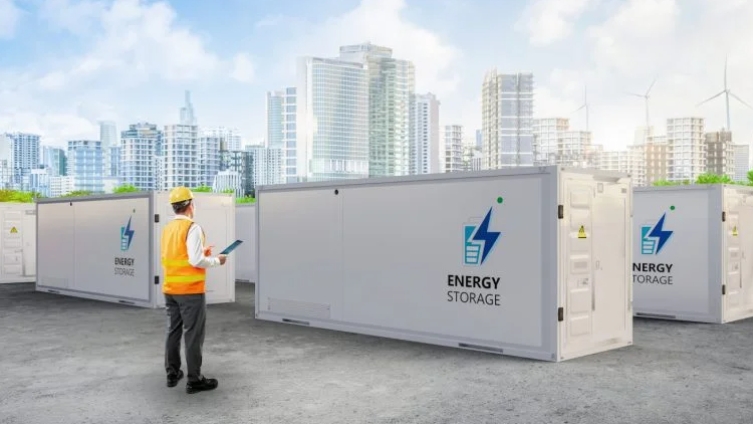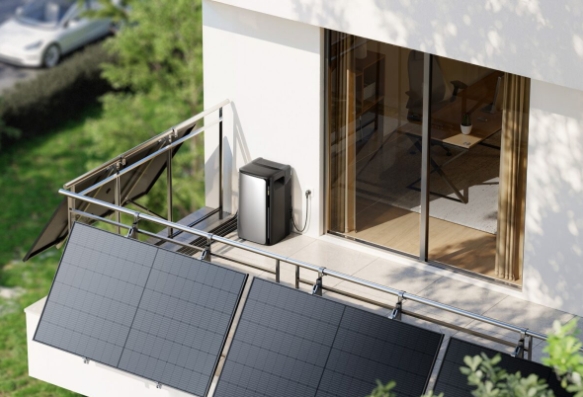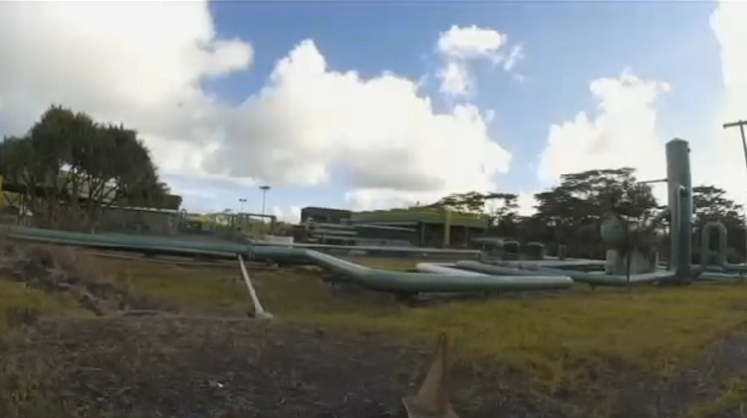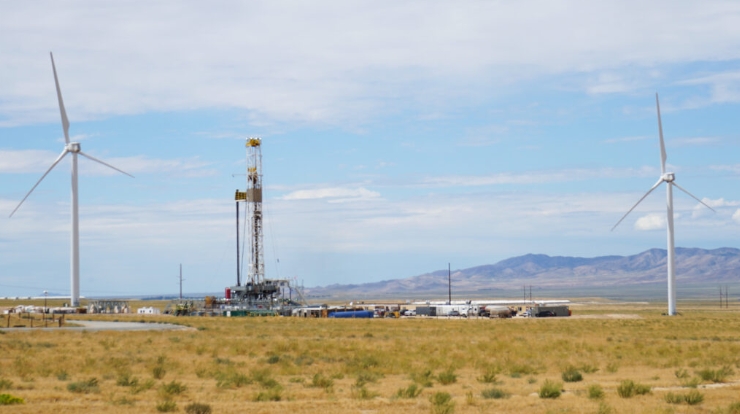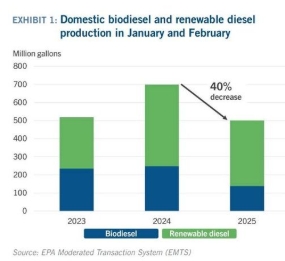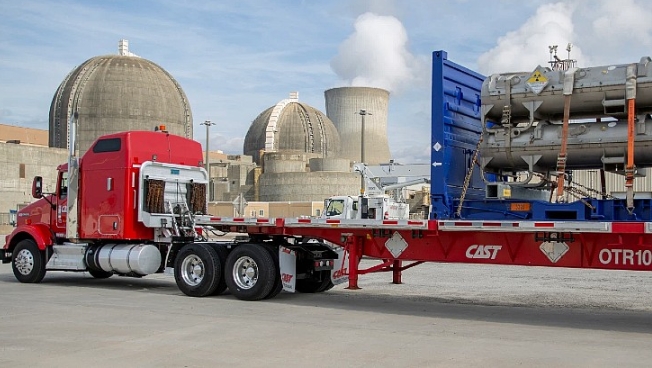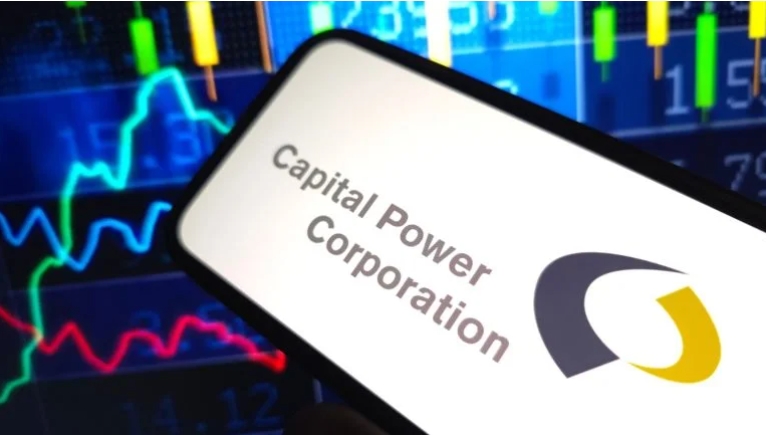To truly meet the nation’s climate goals, we must address the efficiency and fossil fuel consumption of our buildings, which are responsible for about 40 percent of all climate pollution. Efficient building electrification is a key strategy to achieve a climate-friendly future, through increased energy efficiency and the use of heat pump technology to electrify end uses. When paired with an electricity grid that is increasingly powered by low-carbon energy sources like solar or wind power, any efficient, electrified building will be responsible for much lower carbon emissions than one that uses fossil fuels. In addition, the impact of reduced fossil fuel consumption in buildings is magnified as we follow the supply chain upstream, as less gas and oil use means fewer leaks from extracting and transporting these dirty fuels.

The American Jobs Plan, included within the President’s broader budget, prioritizes investment in affordable, safe, and efficient homes and businesses, powered by reliable, clean energy. And for the first time, a U.S. president is calling for clean electricity to replace fossil fuels for heat and hot water in homes and buildings, which will help meet President Biden’s goal of reducing the carbon footprint of the U.S. building stock 50 percent by 2035. Importantly, this plan recognizes that we won’t achieve any of these goals without prioritizing America’s most vulnerable communities to build, preserve, provide housing assistance to every eligible household and retrofit more than two million homes and commercial buildings. These actions will result in more housing units that are affordable, resilient, accessible, energy efficient, and have clean electric heat and hot water.
The budget released last week outlines more detail of how to invest in all components needed for a clean building stock, for all people: decarbonizing the electrical grid with more renewable energy, equitable building energy efficiency improvements, and increased electrification. It prioritizes clean energy through eliminating fossil fuel tax preferences, while extending and enhancing renewable and alternative energy incentives, which will make clean electricity far more accessible. It includes increased funding for the low-income weatherization assistance program, as well as investments in grants and tax incentives for construction and retrofitting of homes and commercial businesses for efficiency and electrification. And, importantly, it includes funding to support American manufacturing and workforce development in underserved communities, which is desperately needed in order to make the vision of an efficient, electrified building stock the reality for all.
Though the details of many of these budget line items are still being worked out, it’s encouraging to see that the Administration has its priorities straight. We would like to see an even stronger focus on investing in electrification, particularly through an investment in manufacturer tax credits for production of efficient heat pump technologies. Such a focus would help to transform the market for this technology, which we need in order to make wide-scale progress.
